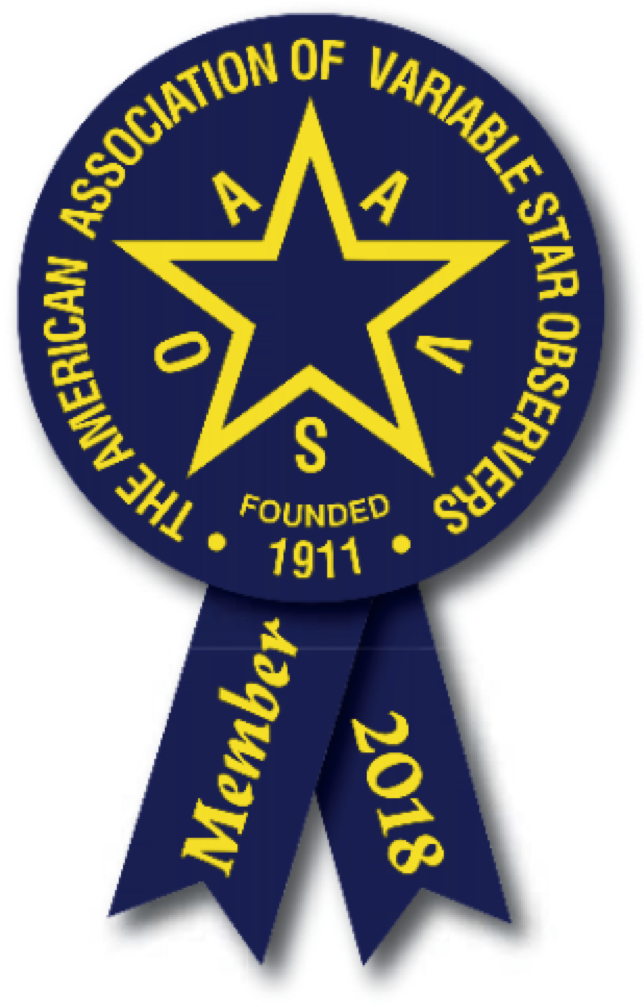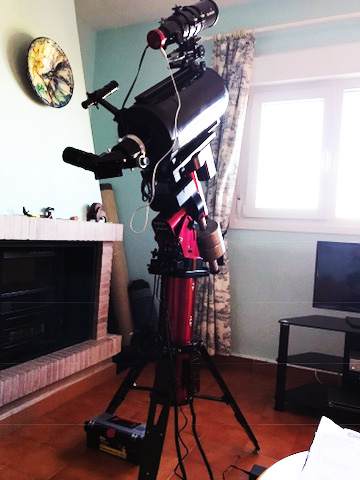Day 108 Tuesday 8th July 2014 Declination Axis Balancing Step A.
 Tuesday, July 8, 2014 at 3:44PM
Tuesday, July 8, 2014 at 3:44PM Declination Axis Balancing Step A
These are the steps I used to balance the telescope starting with the Declination axis. There are various explanations of how to balance a german equatorial mount available - some of them better than others. The difficulty of balancing a telescope varies with the distribution of weight in various parts of the system in the first place so some methods may work in one instance but not in another. For example if there is an initial balanced distribution of loading in terms of added equipment - balancing will not be too difficult. I discovered that rotating my CCD camera by 90 degrees to get North/South at the top puts the system out of balance so some care is needed.
This is my method for balancing the Paramount ME / C14 combination on the declination axis. .
1.The telescope is placed on the East Side of the Mount, pointing south at the Meridian M, with the counterweight bar parallel to the ground on the west side. (This could be carried out with the OTA on the west but I always use east). The RA Axis is locked.
2.The declination axis is released to allow the telescope to move freely – taking care to hold on to the telescope in case of severe imbalance. It may drop down at the front of the OTA or at the back.
3. It may be necessary to slide the telescope up or down the dovetail (See note in red box above) and possibly to add weights so that the telescope balances in this position. My telescope is back heavy because of the heavy mirror and the camera, focal reducer and focuser. I push the tube forward and also need to have a heavy lens acting as a counterweight attached centrally at the front to get to this stage of balance. I did not have an actual counterweight so used the lens instead! This will get the plane of the centre of gravity of the OTA in line with the declination axis.
4. This does not mean that the declination axis is balanced in all positions.
5. The centre of gravity (when properly balanced) should be at point D on the declination axis(i.e. directly intersected by the broken line throught the counterweight axis) – BUT it could be - for example - at point X or point Y - or any point on the vertical line at right angles to the declination axis - when it appears to be balanced in the above horizontal position.
6. The eventual aim is to ensure that the centre of gravity is at point D not elsewhere on this line.
To be continued....
 [Your Name Here] | Comments Off |
[Your Name Here] | Comments Off | 







